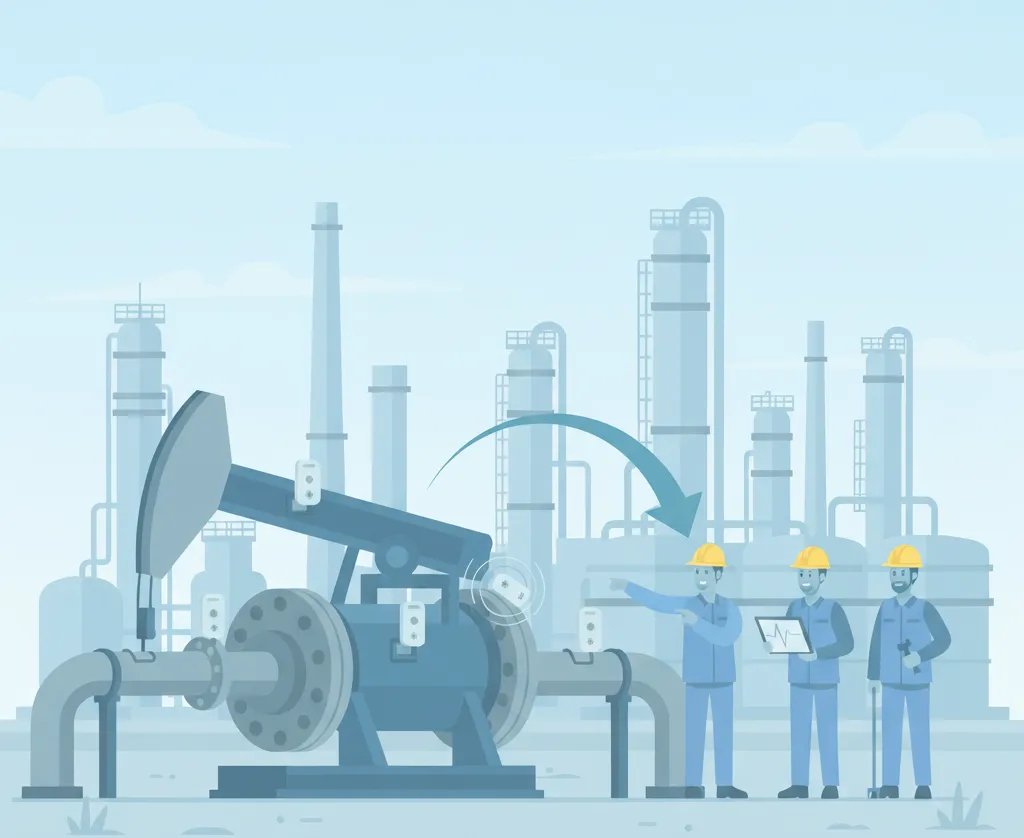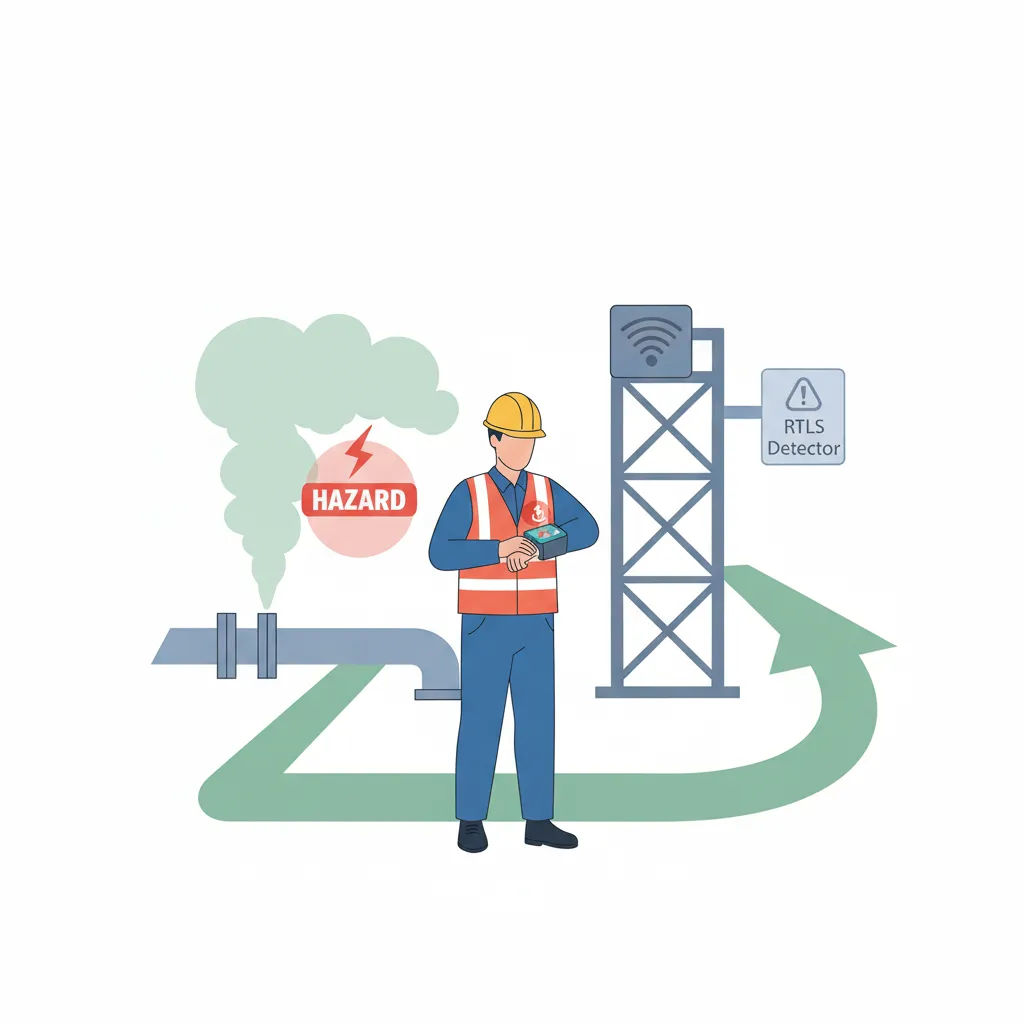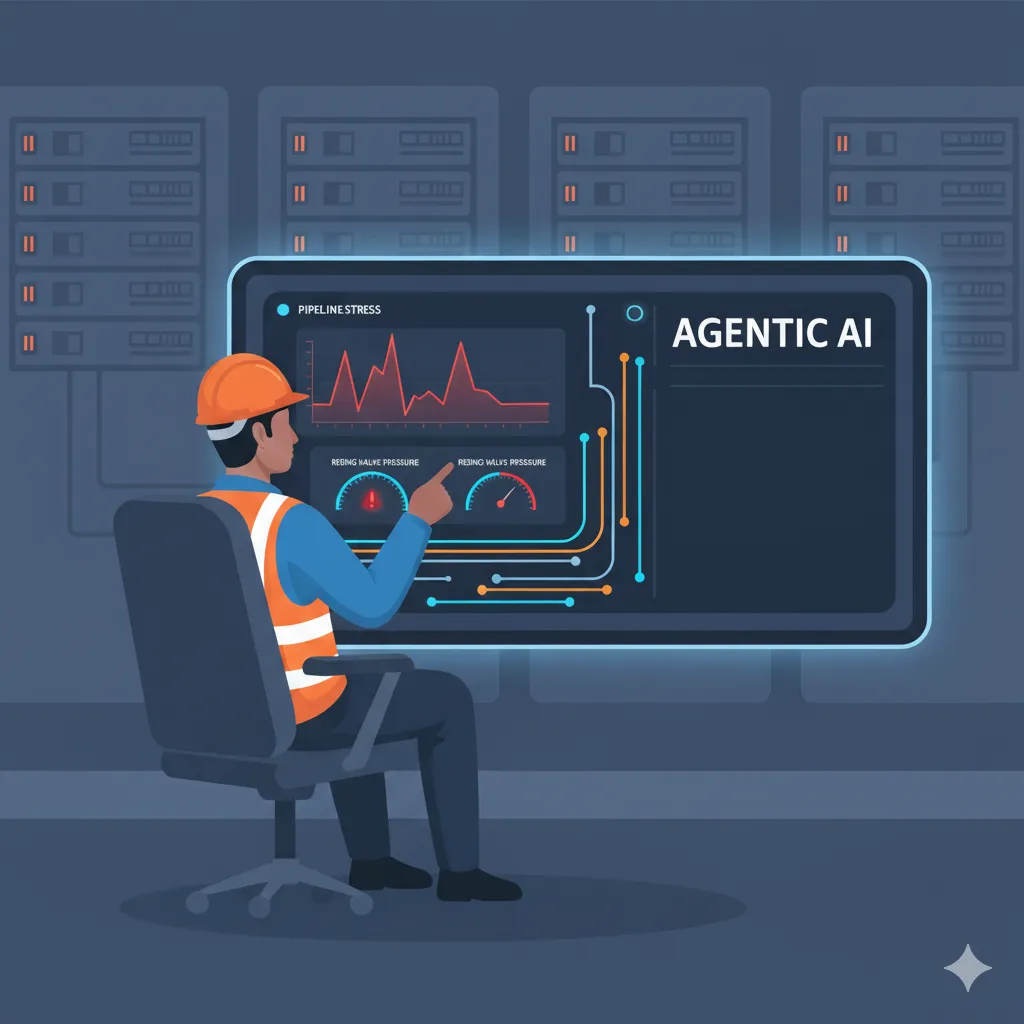Oil and Gas
Smarter, Safer, and More Efficient Oil & Gas with Ombrulla — Cut unplanned downtime, avoid shutdowns during inspections, and meet methane rules with AI visual inspection, APM, and RTLS.
Smarter, Safer, and More Efficient Oil & Gas with Ombrulla — Cut unplanned downtime, avoid shutdowns during inspections, and meet methane rules with AI visual inspection, APM, and RTLS.

Ombrulla delivers AI- and IoT-powered solutions that enable oil and gas companies to reduce downtime, protect workers, and unlock operational efficiency at scale. From AI Visual Inspection to Agentic AI for decision-making, our platforms future-proof your operations in one of the most challenging industries in the world.
Oil and gas companies rely on complex infrastructure that requires constant monitoring. Manual inspections are costly, risky, and often inefficient.

Drones and cameras capture high-resolution and thermal images of rigs, subsea pipelines, and refineries.

AI algorithms identify corrosion, weld cracks, and leaks with sub-millimeter accuracy.

Virtual models create a real-time "mirror" of assets, enabling continuous monitoring and simulation.


Minimizes human exposure to hazardous environments and lowers accident risks.

Automated workflows reduce inspection time dramatically.

Cuts insurance premiums and compliance costs while preventing costly shutdowns.
Critical oil and gas assets—pumps, compressors, turbines, and pipelines—operate under extreme conditions where unexpected failures can cost millions. Traditional reactive maintenance approaches lead to costly unplanned downtime, safety risks, and shortened equipment lifecycles.

IoT sensors capture vibration, temperature, and pressure data from critical pumps, turbines, and compressors.

AI models forecast equipment failures before they occur, enabling condition-based maintenance.

On-site AI units process sensor data instantly, reducing latency and ensuring faster response.


Predictive maintenance reduces unplanned downtime and boosts operational efficiency.

Optimized servicing schedules extend the lifespan of expensive equipment.

Maintenance budgets shrink by eliminating unnecessary repairs and minimizing breakdowns.
Oil and gas operations expose workers to hazardous conditions daily. Traditional safety measures often react too late to prevent accidents.

Helmets and badges monitor worker health, location, and exposure in real time.

AI-driven geo-fences adjust automatically when risks like gas leaks or heat stress arise.

Workers receive real-time warnings and safe exit guidance directly on their devices.


Real-time hazard detection reduces workplace injuries and fatalities.

Improves reporting accuracy for OSHA, ISO, and ESG safety standards.

Enhanced protection boosts employee confidence and retention.
Complex oil and gas operations generate massive amounts of data. Manual decision-making can't keep pace with the speed and scale required for optimal performance.

Aggregates data from inspections, IoT sensors, and safety platforms into one control system.

Suggests corrective actions like pressure relief, shutdowns, or maintenance dispatches.

Acts automatically under pre-approved rules while keeping audit-ready logs.

A refinery dashboard shows pipeline stress and rising valve pressure. Ombrulla's Agentic AI suggests: Opening relief valves. Dispatching a maintenance team. Running digital twin simulations. With one click, the refinery executes corrective actions. The AI logs every step, ensuring compliance for future audits.

Reduces delays by automating responses to urgent issues.

AI-driven insights minimize risks associated with manual judgment.

Stronger resilience and efficiency provide an edge in volatile energy markets.
Connect with Ombrulla to unlock AI-powered inspections, predictive maintenance, and real-time safety for your assets and workforce.
Tell us about your challenge - we’re here to help.